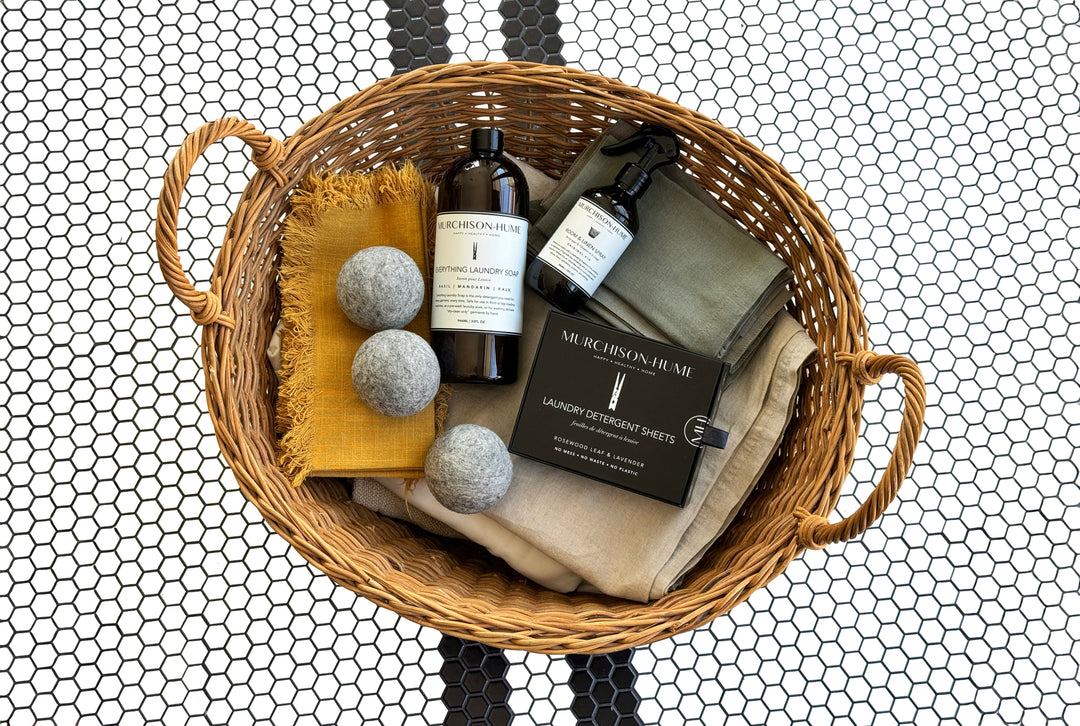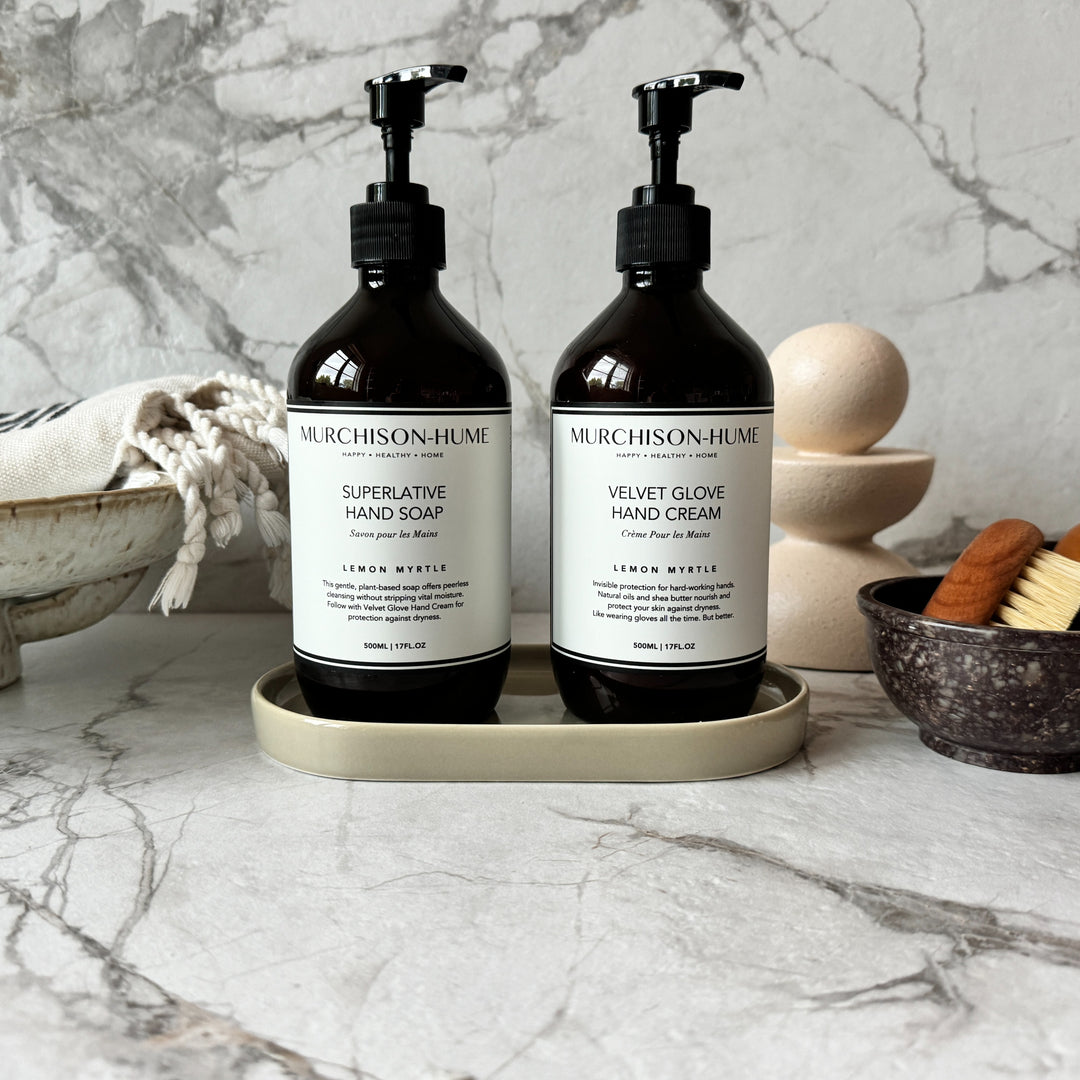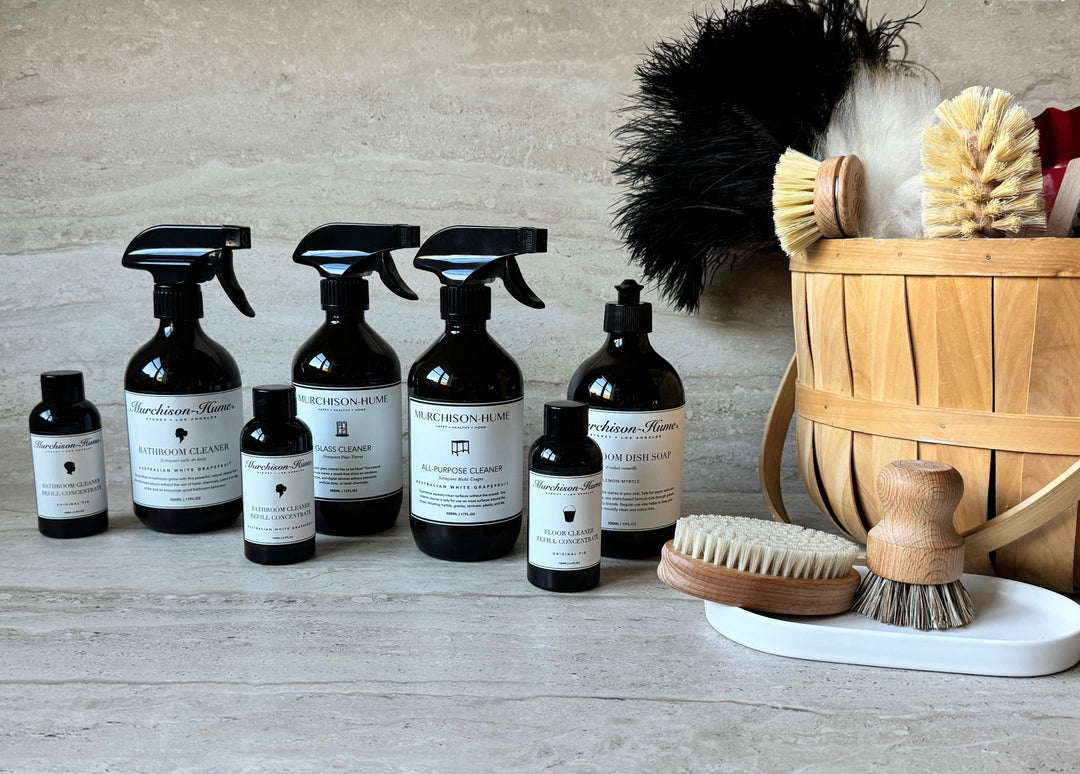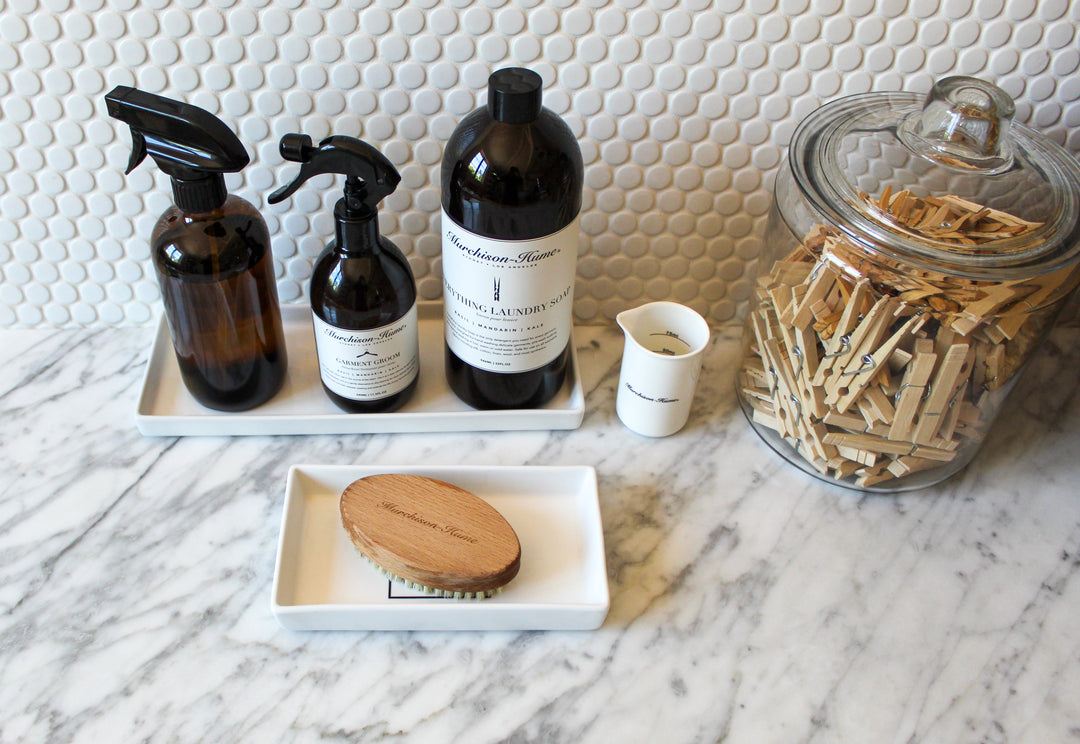I like doing the dishes. Wait, stay with me for a minute: Few things in life are more meditative and satisfying than doing the dishes. Yes, a lot of us have dishwashers, and yes, sometimes we get too busy and dishes have a nasty habit of languishing in the sink. Yet, a surprising amount of people don’t know how to properly wash them. Like all things, if you have the right tools, and know-how to do it properly, even something as mundane as dishwashing can be a (mostly) pleasant experience.
“You will know your state of mind when you wash the dishes. Your care or your impatience; your attention or your distraction. You will see yourself, at that moment.” - Peter Miller, “How To Wash The Dishes.”
In our eternal quest to find beauty in the ordinary, and elevate the every day, here is our definitive guide doing the dishes.
First: Gather your tools. To do the dishes, you’ll need:
- Dish Soap.
- Dish Brushes: I use a bottle brush, a pot scrubber, and another for general scrubbing.
- Dishwashing gloves because I like HOT water!
- A sponge for cleaning. Never for doing dishes!
- A rubber spatula for scraping food scraps.
- A compost or rubbish bin.
- Dish Towels: I use different ones for drying dishes and for cleaning.
- A dish drainer.
How to Do the Dishes:
The first step is to scrape all the food scraps from plates. into your composter or garbage can. When I remember to, I grab a rubber spatula to perform this job because it will minimize scratching on my china. I have a garbage disposal but throw most food scraps into my new composter (!) or the garbage can. You don’t want to over-use your garbage disposal, and you should never put things like meat, eggshells, bones, or coffee grounds down the disposal, anyway.
Next, I give them a quick rinse with warm water and place any dishes I can into the dishwasher.
Speaking of which, here’s a list of things that you should never put into a dishwasher: Fine bone china, hand-painted or decorated dishes, sharp knives, wood, cast iron, aluminum, silver, crystal, and some plastics (check the manufacturer’s website). If you got it off a registry or spent a lot of money on it, it’s a safer bet just to hand wash it.
Fill the sink with hot water. If I’m doing more than a few dishes or a lot of glasses, I place a rubber mat or dishtowel in the sink to prevent breakages. Just like with cooking, it’s all about timing. Start with the glasses and stemware, using a bottle brush or your fingers to wash them, and rinse right away. Place on a clean dish towel, or even better, a super chic Japanese dish rack.
Move onto plates. Use the hottest water you can stand, except for dishes with flour or cheese. Use tepid or cool water for those, because hot water makes those ingredients gummier and harder to remove.
You should also refresh the soap and water as needed - it’s not just a one and done thing. Throw rinsed cutlery into the sink to soak while you start on the pots. It’s the Pot Brush’s time to shine because the extra-strong bristles and specially shaped handle easily get rid of baked-on food and stains.
When it comes to drying, your glasses and stemware need some VIP treatment. Lint-free flour sackcloth is thinner and softer than a regular dish towel. We like to buy them in cute colors to hide any stains. Bonus points for polishing wine glasses with a microfiber cloth.
Finally, make sure to dry everything thoroughly before putting them away. If there’s moisture in cabinets, it’s more likely for bacteria to grow. It can also lead to rust or flaws on your beautiful cookware. Finally, it might just leave ugly water markings if you have hard water.
Once all your dishes are put away, there’s just one last step. Wipe up any drips or messes, take a deep breath, and pat yourself on the back.
That’s it!
xx, mlk








